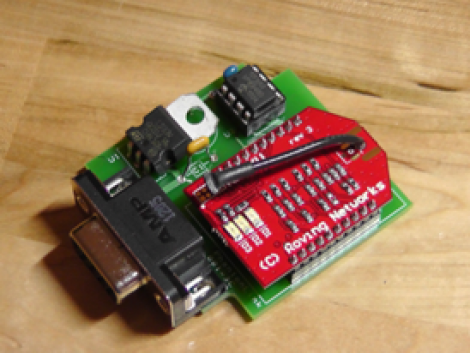
When then folks from the MakerShed had a laptop and iPad stolen from their vehicle in Detroit, they found out several important things.
- The Detroit police have more important things to pursue.
- Tracking services are awesome.
- You never know how your adventure will end.
Luckily they were using an online backup system that offered location services as well. While many may disable these prying eyes as a matter of principle when they join, this is one scenario where you’d be happy you had it.
As it turns out, the Detroit police were fairly busy with other things and left the laptop owners to their own devices tracking the stolen goods via the internet. Some fun and interesting detective work involving Google maps, craigslist, and backed up images ended up leading them to the stolen goods.
Once they had a physical address, the police were available to check things out… well, a few days later. When they went to the address with a search warrant… and a battering ram, they found the house lacking tenants, but containing several forms of ID, a stolen laptop, and some Marijuana meant for distribution.
The entire story is interesting, especially the fact that the amateur detective work was capable of providing enough information for a search warrant. This actually makes me wonder how easily one could fabricate all of this information falsely to cause trouble to an innocent person. It looks like it would only take about 15 minutes and some photoshop. Maybe that’s a conversation best left for another time.
















